Premium Content: AIG Board of directors to discuss removing chief executive

The board of AIG will consider removing beleaguered chief Peter Hancock after the insurer’s latest results signalled it was struggling to deliver its strategic turnaround.
According to the Wall Street Journal, 15 directors will meet next month to discuss various potential actions which could include withholding bonus or ousting Hancock entirely.
AIG has had seven chief executives since 2005. In 2015, Hancock’s total compensation rose 3.6% to $12.5 million – 78% of the maximum possible amount.
The company has posted losses in four of the last six quarters, including Q4 2016, when net losses spiralled 65% to $3.04bn, and earnings per share deteriorated 97% to $-2.96, driven by a massive reserve strengthening of $5.6bn to meet unforeseen and longer tail claims in its P&C division, run by Hancock from 2011-14.
For the full year, the company fell short of its key core return on equity target of 9.3%, posting a figure of 7.8% and revising down its 2017 target from 10.0% to 9.5%. The news sent the stock plummeting over 9% – the biggest fall in over five years.
The results held extra significance as they marked the mid-way point in the company’s two-year turnaround plan, which included returning $25bn to shareholders while trimming its property and casualty business and selling a portfolio of non-core and underperforming assets worth $22bn.
The plan was opposed by activist investor Carl Icahn who, after taking a stake in the business in October 2015, called for the the insurer to spin off its life and mortgage divisions into listed companies to reduce their regulatory cost burden. At the time, Hancock dismissed the suggestion as ‘making no financial sense’ – a view broadly echoed by analysts. In February 2016, Icahn and two of his allies, Samuel Merksamer and John Paulson, were granted seats on the insurer’s board.
“AIG’s Board of Directors and management team have agreed on a clearly defined transformation plan for the company to deliver high quality, sustainable earnings,” the company said in a statement on Monday. “At this point every year, we actively review our past and future expected performance against our plan, and this year is no exception.”
Hancock is the only member of the board from the management team. He was promoted to chief executive in June 2014.
Weaker than we thought
Analysts were largely damning in their response to AIG’s latest results, which missed earnings consensus by as much as 48%. The reserving charge, which follows a $3.6bn booking in the same period in 2015 – and six years of persistent charges totalling $19bn – suggested that “AIG simply didn’t adequately understand its book of business,” said Meyer Shields, managing director of equity research at Keefe, Bruyette & Woods in a note. He added that Hancock’s track record, based on the persistence of unforeseen claims in the P&C unit, was “weaker than originally thought”.
“We imagine some dissatisfaction with the shares’ now-resumed underperformance since AIG unveiled its current strategy… We frankly think that [they] would respond favorably to a CEO change.”
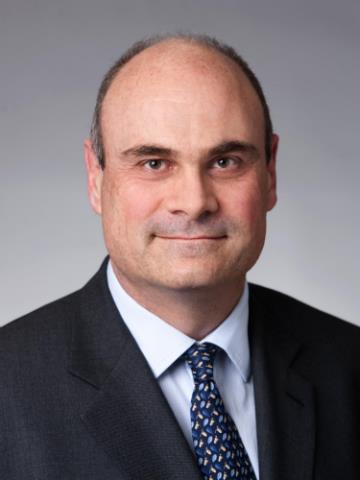
AIG, which continues to streamline its business into three main units, has reduced operating costs by 9.5% and headcount by 10,000 in the past year.
Icahn, worth an estimated $16.6bn, currently owns over 45m shares of AIG, worth 4.66% of the business – his second-largest holding after his own company, Icahn Enterprises. AIG’s largest shareholders are Capital Group (9%), Blackrock (6.58%) and Vanguard (6.39%) according to figures from Bloomberg. Paulson owns 0.5% of the company after substantially reducing his exposure during the fourth quarter.
The activist investors maintain that by slimming down, AIG could lose its ’millstone’ designation as a systemically important financial institution (SIFI), acquired in 2008 after company notoriously received a $182bn bailout. At the start of their campaign to alter the company’s strategy, Ichan and Paulson termed the phrase “Too big to succeed” in response to the regulator’s “Too big to fail” justification for saving the business during the financial crisis.
AIG shares are currently trading at around $64, down 5% since its results and 2% in 2017, lagging the S&P 500 by 8% over the same period.



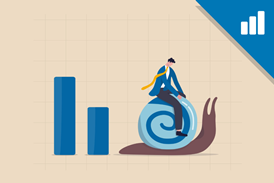

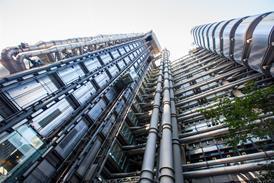



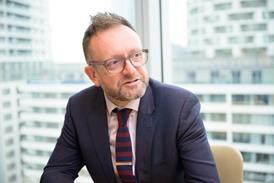

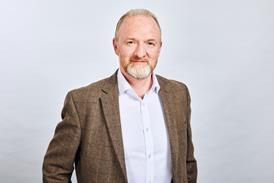




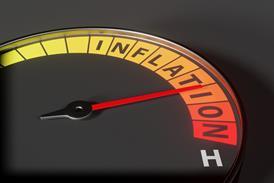










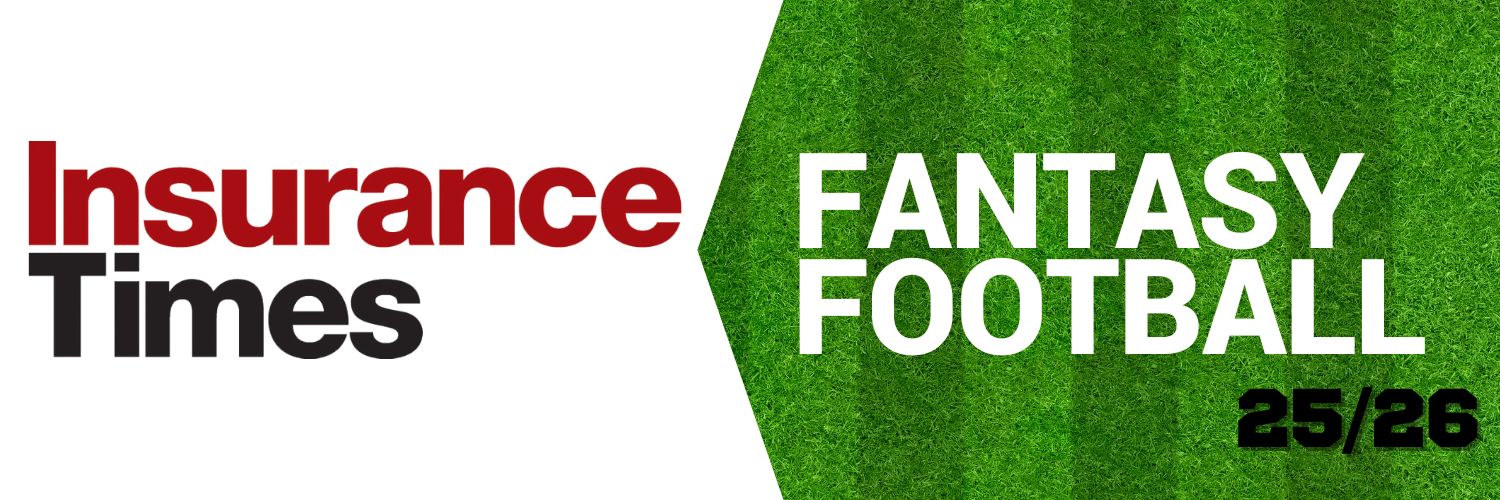






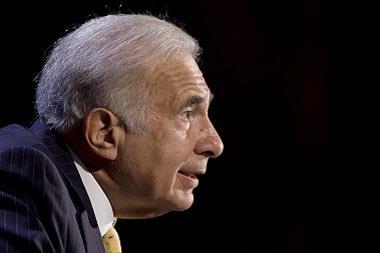
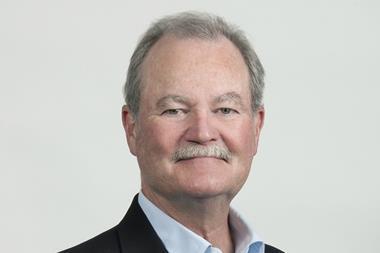
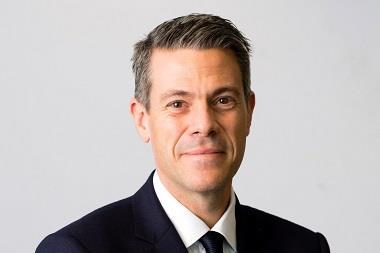
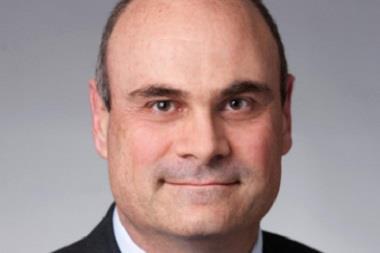
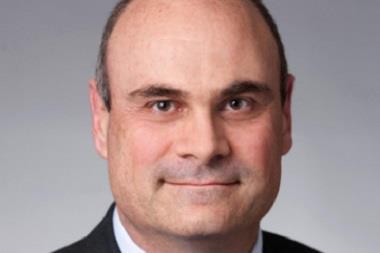



No comments yet